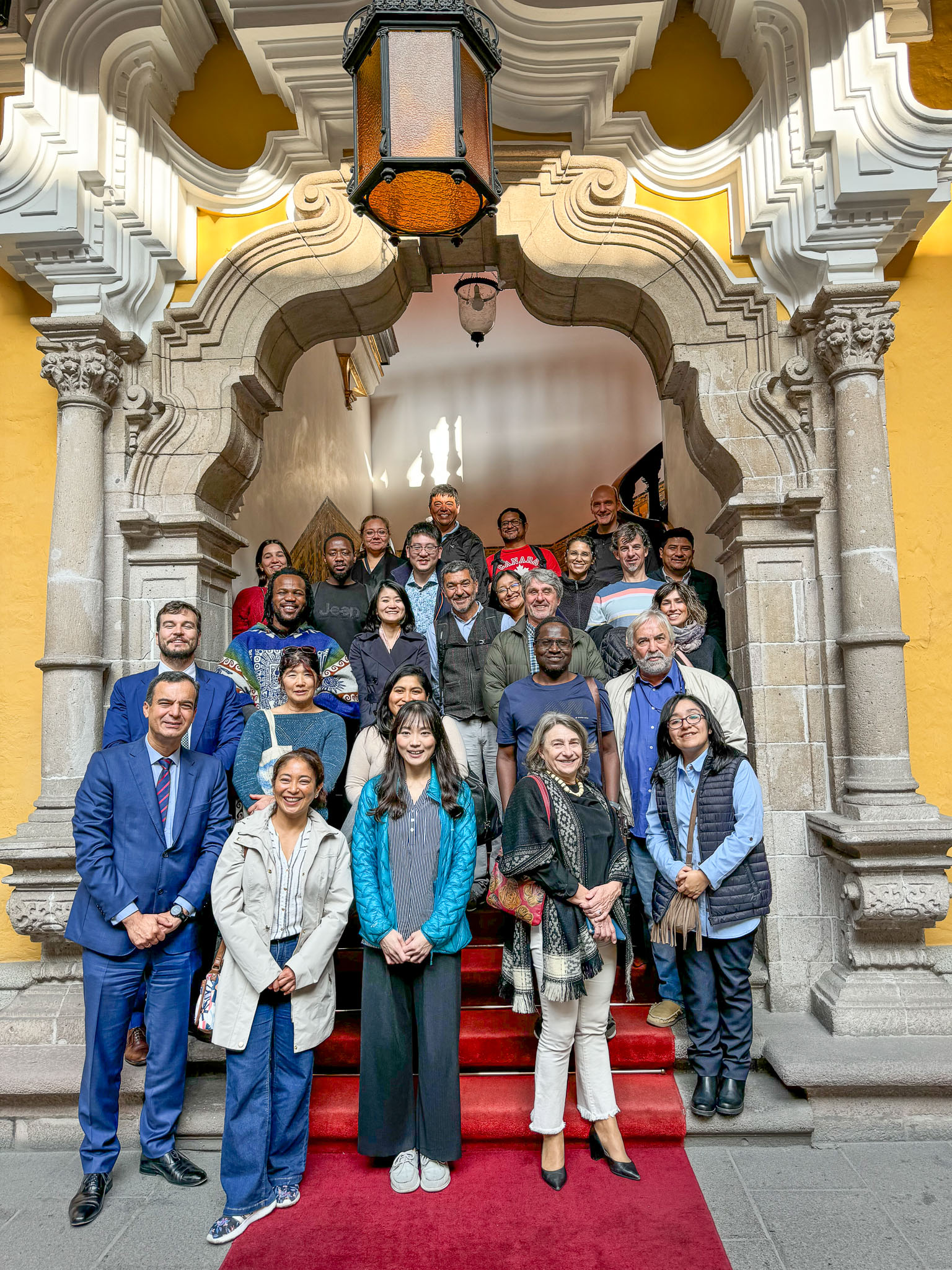 No need to band this bird? Co-author Yuna Kim holds a Gould’s Petrel chick
No need to band this bird? Co-author Yuna Kim holds a Gould’s Petrel chick
“Some seabirds can live for over 70 years, but measuring demographic change isn't easy when juveniles look the same as geriatrics”
Lauren Roman (Institute for Marine and Antarctic Studies, University of Tasmania, Hobart, Tasmania, Australia) and colleagues have published open access in the journal Molecular Ecology Resources on ageing unbanded Vulnerable White-winged or Gould's Petrels Pterodroma leucoptera via a genetic test.
The paper’s abstract follows:
“Understanding the demography of wildlife populations is a key component for ecological research, and where necessary, supporting the conservation and management of long-lived animals. However, many animals lack phenological changes with which to determine individual age; therefore, gathering this fundamental information presents difficulties. More so for species that are rare, highly mobile, migratory and those that reside in inaccessible habitats. Until recently, the primary method to measure demography is through labour intensive mark-recapture approaches, necessitating decades of effort for long-lived species. Gadfly petrels (genus: Pterodroma) are one such taxa that are overrepresented with threatened and declining species, and for which numerous aspects of their ecology present challenges for research, monitoring and recovery efforts. To overcome some of these challenges, we developed the first DNA methylation (DNAm) demography technique to estimate the age of petrels, using the epigenetic clock of Gould's petrels (Pterodroma leucoptera). We collected reference blood samples from known-aged Gould's petrels at a long-term monitored population on Cabbage Tree Island, Australia. Epigenetic ages were successfully estimated for 121 individuals ranging in age from zero (fledgling) to 30 years of age, showing a mean error of 2.24 ± 0.17 years between the estimated and real age across the population. This is the first development of an epigenetic clock using multiplex PCR sequencing in a bird. This method enables demography to be measured with relative accuracy in a single sampling trip. This technique can provide information for emerging demographic risks that can mask declines in long-lived seabird populations and be applied to other Pterodroma populations.”
Read a popular article on the study here.
Reference:
Roman, L., Mayne, B., Anderson, C., Kim, Y., Dwyer, T. & Carlile, N. 2024. A novel technique for estimating age and demography of long-lived seabirds (genus Pterodroma) using an epigenetic clock for Gould's petrel (Pterodroma leucoptera). Molecular Ecology Resources DOI: 10.1111/1755-0998.14003.
21 August 2024

 English
English  Français
Français  Español
Español  Fatally attacked by Marion Island’s introduced House Mice, this Wandering Albatross chick soon died of its injuries, photograph by Vanessa Stephen, 06 July 2024
Fatally attacked by Marion Island’s introduced House Mice, this Wandering Albatross chick soon died of its injuries, photograph by Vanessa Stephen, 06 July 2024



 Minister Julio Reinoso Calderón (front left) stands at the bottom of the grand internal staircase of Torre Tagle Palace with delegates of the Fourteenth Meeting of ACAP's Advisory Committee.
Minister Julio Reinoso Calderón (front left) stands at the bottom of the grand internal staircase of Torre Tagle Palace with delegates of the Fourteenth Meeting of ACAP's Advisory Committee. AC14 delegates enjoyed performances of three Peruvian dances over lunch at Restaurante Casa Rambo in the histoical centre of Lima
AC14 delegates enjoyed performances of three Peruvian dances over lunch at Restaurante Casa Rambo in the histoical centre of Lima Participants of the Fourteenth Meeting of ACAP's Advisory Committee (AC14) taking place in Lima, Peru. Ambassador Elvira Velázquez Rivas Plata, General Director of Sovereignty, Limits and Antarctic Affairs of the Ministry of Foreign Affairs of Peru and by Mr. Edward Barriga Rivera, General Director of Research in Demersal and Coastal Resources, Peruvian Marine Research Institute, formally opened the meeting.
Participants of the Fourteenth Meeting of ACAP's Advisory Committee (AC14) taking place in Lima, Peru. Ambassador Elvira Velázquez Rivas Plata, General Director of Sovereignty, Limits and Antarctic Affairs of the Ministry of Foreign Affairs of Peru and by Mr. Edward Barriga Rivera, General Director of Research in Demersal and Coastal Resources, Peruvian Marine Research Institute, formally opened the meeting.